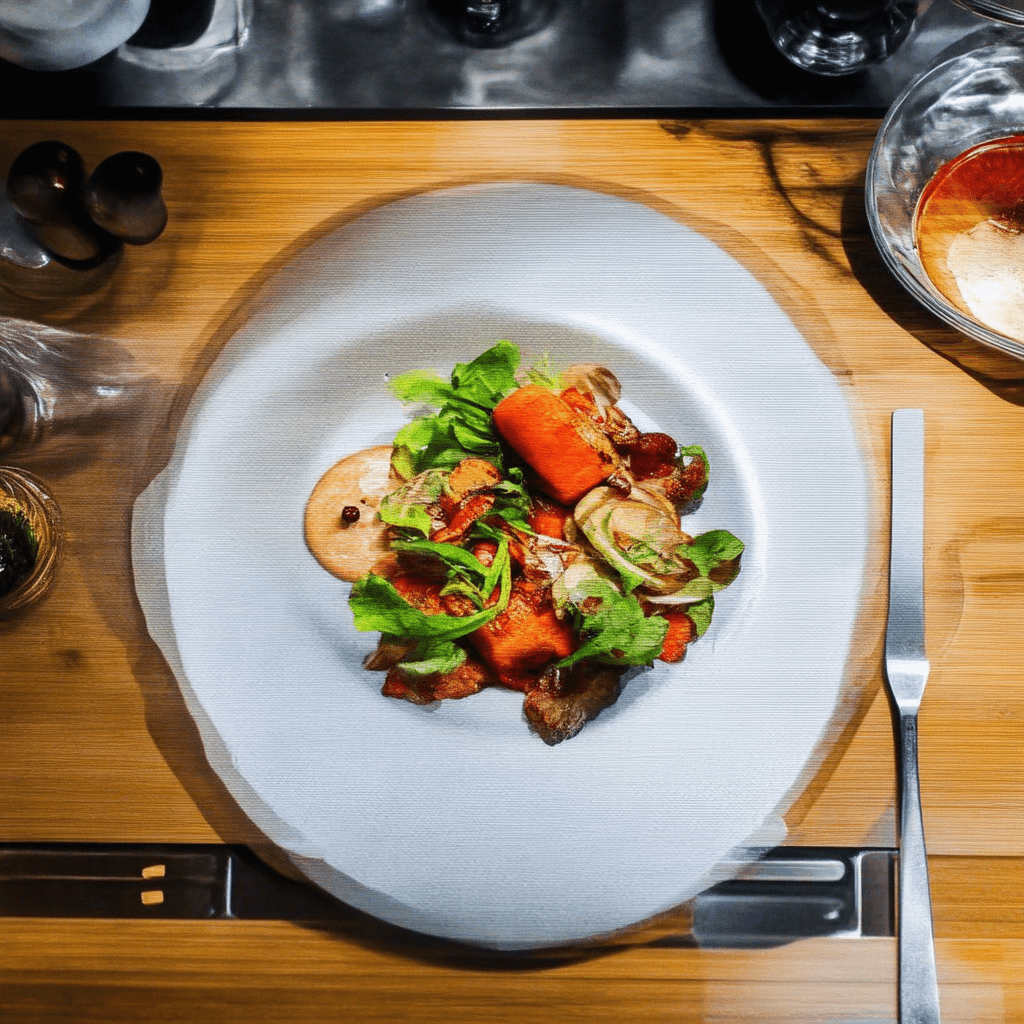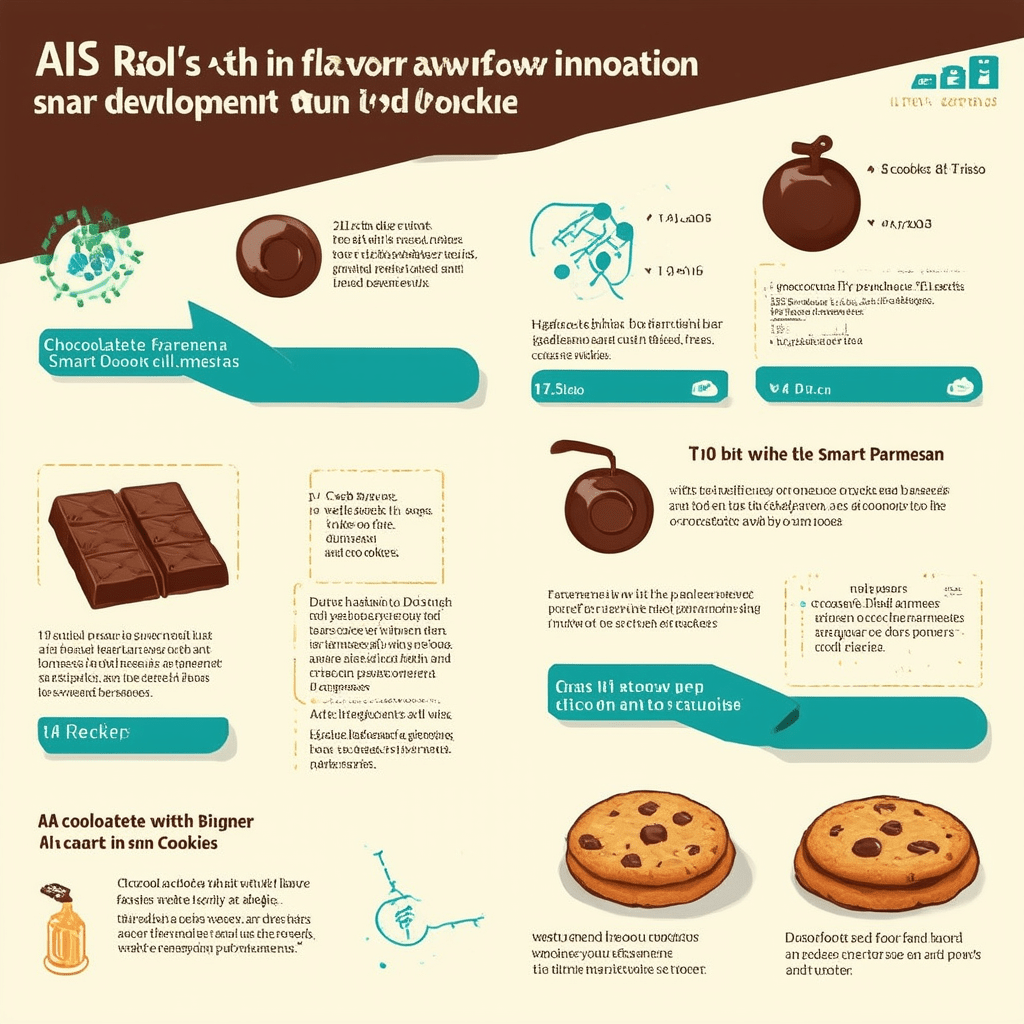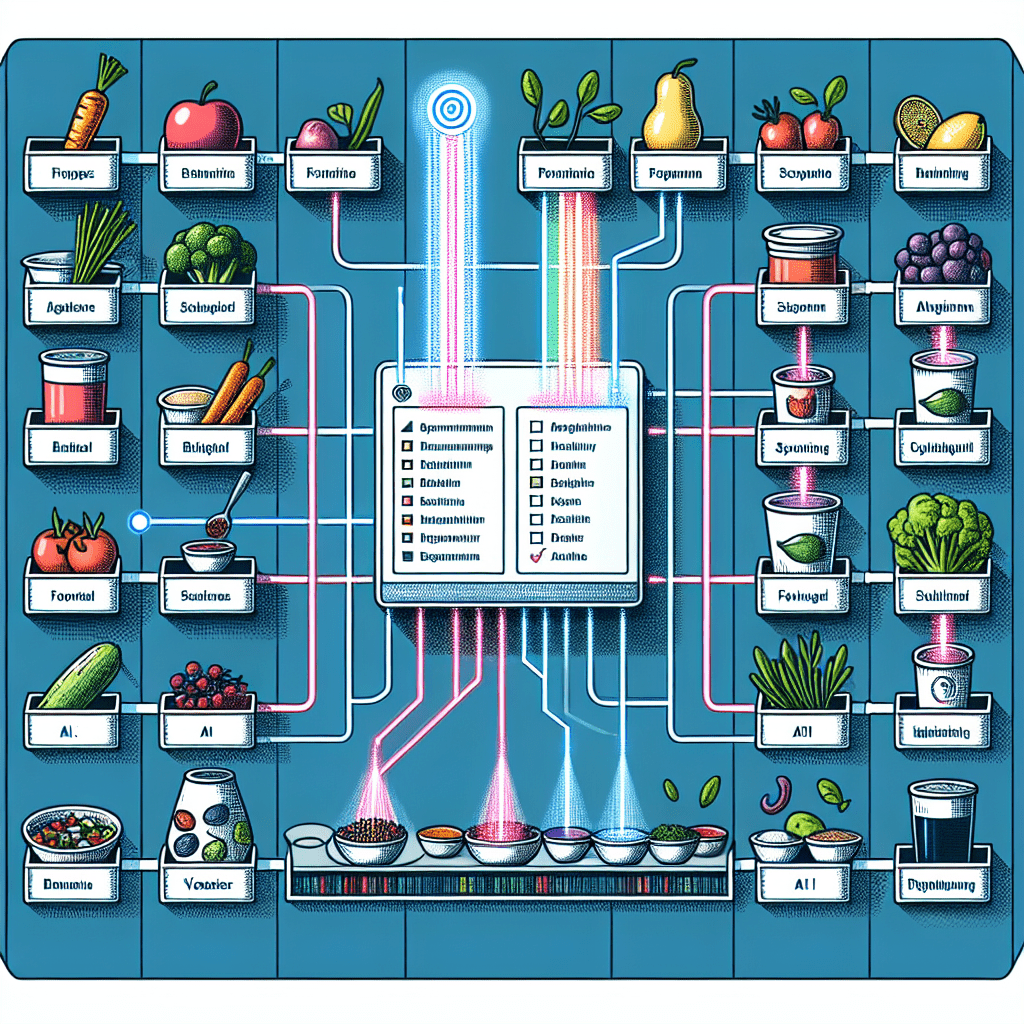Introduction: A Deep Dive into AI in Culinary Arts
Table of Contents
Picture this: you walk into your kitchen, and your AI assistant already has a plan for dinner based on what you’ve got in the fridge and your taste preferences. It’s like having a personal chef who knows you inside out. This isn’t just wishful thinking. It’s happening now, thanks to AI’s role in culinary arts. Consider IBM’s Chef Watson, an AI tool that’s transforming how we cook by understanding our unique flavor profiles. (Read our full guide on AI Tools and Applications.)
In practical terms, Chef Watson uses complex algorithms to analyze ingredients and suggest creative recipes. It doesn’t just rely on programmed recipes; it learns from you. For instance, if you’ve been cooking with a lot of cilantro and lime, it’ll suggest dishes that complement these flavors, adding a personal twist to traditional meals. Google’s AI takes it a step further. By integrating with smart appliances, it can suggest meals based on what’s about to expire in your fridge, reducing waste and saving money.
In my experience, the magic of AI in the kitchen isn’t just convenience. It’s about discovery and innovation. For example, AI can suggest unexpected pairings like chocolate and blue cheese, introducing you to new taste experiences. The key takeaway here is that AI doesn’t replace the human touch in cooking; it enhances it, making everyday cooking more exciting, efficient, and personalized. So next time you’re stumped for dinner ideas, remember, your AI assistant might just have the perfect recipe ready for you.

Key Benefits and Advantages
AI in the kitchen is often misunderstood as a threat to the culinary profession, but the reality is far more exciting. It’s not about replacing the artistry of chefs with cold algorithms. Instead, AI serves as a powerful ally, broadening the creative potential of culinary experts. Imagine having a sous chef with an encyclopedic knowledge of flavors and ingredients, and that’s what AI tools like Plant Jammer and FlavorPrint bring to the table.
In my experience, chefs are constantly on the lookout for new flavor combinations and ways to innovate their dishes. Plant Jammer, for example, helps chefs experiment by suggesting ingredient pairings based on vast amounts of data. It analyzes nutritional content and flavor profiles, guiding chefs to create dishes that are both delicious and health-conscious. This can be particularly useful when crafting plant-based menus where the balance of flavors and nutrients is crucial.
Similarly, FlavorPrint uses advanced data analytics to map out flavor profiles. It can help identify which ingredients might harmonize in unexpected ways. A chef could discover that the earthy notes of mushrooms pair surprisingly well with the sweetness of blueberries, inspiring a dish that might not have been conceived otherwise. From a practical standpoint, these tools don’t just save time—they also open up new avenues for creativity that might have seemed daunting or impossible before.
The key takeaway here is that AI empowers chefs to push boundaries. It transforms the kitchen into a collaborative space where data meets intuition. Chefs are not losing their craft to machines; they’re enhancing it, building upon their unique artistic vision with a little help from technology. This synergy between human creativity and artificial intelligence is what makes the culinary arts more dynamic than ever.
- Flavor Innovations: AI has become a powerful ally in the quest for new taste experiences. IBM’s Chef Watson, for instance, uses vast databases and complex algorithms to sift through global flavor trends. It’s like having a digital sommelier with an encyclopedic knowledge of ingredients at your fingertips. Imagine wanting to create a dish with a unique twist. Chef Watson might suggest combining spices from Indian cuisine with traditional Japanese ingredients, leading to a fusion that tantalizes the taste buds. Beyond just mixing flavors, it can predict how these combinations might excite or soothe different palates, offering insights that were once the domain of seasoned chefs.
- Recipe Development: The role of AI in developing recipes is nothing short of revolutionary. By scanning thousands of recipes, AI can identify commonalities and suggest adjustments you might never think of. Suppose you’re allergic to nuts; AI could recommend a nut-free alternative that maintains the dish’s integrity. It’s like having a culinary advisor who knows every cookbook inside out. Moreover, these systems can adapt recipes to fit dietary restrictions, like vegan or gluten-free diets, without compromising on flavor. In professional kitchens, such tools are invaluable for consistent quality and innovation.
- Smart Food Pairing: AI’s ability to suggest surprising food pairings is redefining culinary creativity. Take the pairing of chocolate with Parmesan cheese—something that might raise eyebrows. Yet, AI algorithms have identified shared flavor compounds that make this combination work. This isn’t just theoretical; chefs have started incorporating such pairings into their menus, creating dishes that challenge and delight diners. In my experience, this approach opens up a new realm of possibilities, encouraging chefs to break free from traditional norms and explore uncharted flavor territories.
How It Works: A Practical Explanation
AI is reshaping our kitchens in ways we might not have imagined a few years ago. It’s not just about suggesting recipes based on what’s left in your fridge; it’s about transforming the entire cooking process into a more efficient and enjoyable experience. Imagine your AI assistant adjusting the cooking times of your roast chicken based on real-time sensor data, ensuring it comes out perfectly juicy every time. This isn’t science fiction. It’s happening now with devices like Samsung’s Smart Fridge, which does more than just keep your food cold. It’s equipped to track expiration dates, suggest meals based on what ingredients you have, and even reorder groceries when you’re running low.
Take Drop’s KitchenOS, for example. It acts as a central hub for your kitchen, integrating multiple appliances to create a seamless cooking experience. Picture this: You’re preparing a complex meal with several dishes. KitchenOS can coordinate the timing across different appliances, ensuring your soufflé is ready just as your main course finishes cooking. It can even adjust the heat on your stovetop remotely, using data from smart sensors that monitor the cooking process.
The key takeaway here is that AI is not only making cooking more accessible but also more precise. From a practical standpoint, these systems are reducing food waste by managing pantry stocks efficiently. They’re a boon for busy individuals who want to enjoy home-cooked meals without the hassle of planning every detail. In my experience, the integration of AI into everyday kitchen tasks is nothing short of revolutionary, offering us a glimpse into a future where cooking is less about stress and more about creativity and enjoyment.

Case Study: A Real-World Example
AI is transforming kitchens around the globe, setting the stage for a culinary revolution. Take Creator in San Francisco, for instance. This burger joint is not just serving meals; it’s redefining how they’re made. The restaurant uses a robot equipped with over 20 computers and 350 sensors to craft the perfect burger. Each step, from slicing tomatoes to grilling patties, is precisely controlled. This precision ensures consistency, reducing food waste and enhancing flavor profiles.
Over on the East Coast, Spyce in Boston offers a different take on AI in the kitchen. Founded by MIT graduates, Spyce employs a robotic kitchen to prepare bowls of food in under three minutes. The system automates the cooking process while retaining the chef’s creativity in recipe development. This allows for a fast, seamless dining experience without sacrificing quality or taste. Customers enjoy the efficiency and novelty, which also reduces operational costs for the restaurant.
Then there’s Noma’s Flavor Lab in Copenhagen, a beacon of innovation in gourmet dining. Here, AI isn’t just about automation; it’s about discovery. By analyzing vast datasets of flavors and ingredients, AI helps chefs at Noma create new, unexpected combinations that delight the palate. Think of it as a digital sommelier that pairs ingredients based on chemical compounds, revealing unique tastes that might otherwise go unnoticed. This approach pushes the boundaries of traditional cooking, offering diners an experience that’s both novel and deeply satisfying.
These examples highlight AI’s multifaceted role in the culinary world. From fast-casual eateries to high-end dining, technology is reshaping how we think about food production, flavor enhancement, and the dining experience itself. The key takeaway here is that AI isn’t just a tool; it’s a partner in culinary innovation, driving both efficiency and creativity in the kitchen.
Conclusion: Key Takeaways
Incorporating AI into the culinary world is reshaping how we approach cooking, moving beyond a fleeting trend to become a fundamental transformation. This isn’t just about adding a digital flair to kitchens; it’s about fundamentally changing how we engage with food at every level. From Michelin-starred chefs to home cooks, AI is offering a new lens through which to view the culinary arts.
Imagine a busy restaurant kitchen. AI can meticulously analyze patterns and predict which dishes are likely to be ordered based on factors like weather, time of day, or local events. This predictive power helps chefs prepare more efficiently, reducing food waste and optimizing ingredient use. In my experience, kitchens that embrace AI often report a significant reduction in inventory costs and a smoother overall operation.
For home chefs, AI becomes a personal assistant that can suggest recipes based on what’s available in the pantry. Picture an AI suggesting a creative twist on a classic pasta dish using leftover ingredients, transforming a mundane meal into something extraordinary. It’s like having a personal chef who knows your tastes and dietary restrictions intimately.
AI also opens doors to flavor innovation. By analyzing vast datasets on flavor pairings and chemical compositions, AI can propose unexpected combinations that delight the palate. A great example is IBM’s Chef Watson, which has been used to create unconventional recipes that push the boundaries of traditional cooking.
The key takeaway here is that AI in culinary arts is not merely about automation. It’s about expanding creative possibilities and making cooking an innovative, interactive experience for everyone involved. As technology continues to evolve, so too will our relationship with food, leading to a future where culinary arts and AI are inextricably linked.

